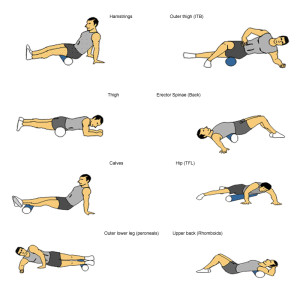
Our modern digital age has brought us many conveniences. BlackBerry devices, iPhones, tablets and e-readers allow us to communicate and be entertained with the push of a button. Technology can improve our quality of life, but it comes with a price: being huddled over devices for long period of times can do more harm than good.
Using certain devices for extended periods of time can easily lead to neck strain, headaches, and pain in the shoulders, arms and hands. Anyone who has used a cellphone or tablet for an extensive amount of time has probably experienced the peculiar strain it puts on your upper body. These conditions even have their own name now: Text Neck. Here are some simple strategies to help shut down text neck strain:
Take frequent breaks
Taking frequent breaks and looking up from your device can provide your neck with some relief from the
pressure of looking down.
Sit up straight
It is important to sit up straight while texting. This way you can maintain good posture, relieving your back and shoulders from the strain of being hunched over.
Hold the phone a little higher
Holding the phone closer to eye level helps maintain a healthy posture and puts less strain on the neck.
Stretch
Be sure to stretch often between long periods of extended use of devices. You can rotate your shoulders with your arms by your sides to relieve tension. You can also tuck your chin down to your neck and then look up – this helps to relieve some of the tension in your neck built from the common forward-down position you adopt
when looking at your device.
Dr. Roger Singh






